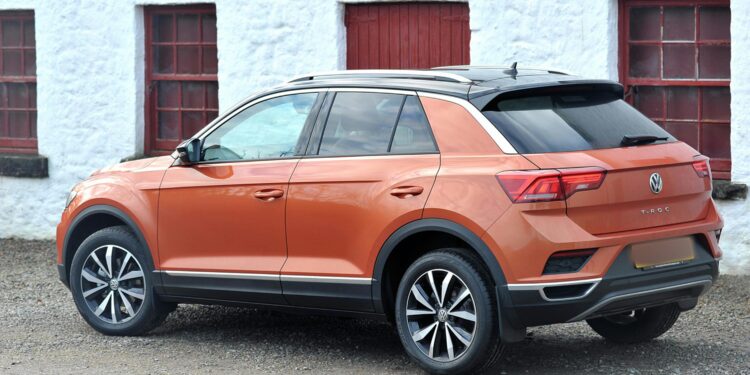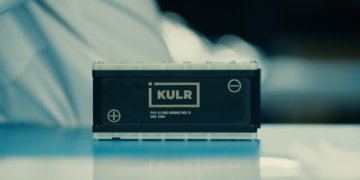Solid Sales Growth with Potential Speedbumps in the Final Quarter of 2024
Carvana (CVNA) continues to show resilience and momentum in its sales performance, but certain challenges lie ahead as it navigates a volatile auto market. While the third quarter of 2024 has been marked by strong unit sales and favorable financing conditions, looming obstacles such as interest rate fluctuations, weather impacts, and auto finance industry dynamics may impact the company’s financial outlook in the final quarter. This article delves into Carvana’s performance in Q3, highlights risks for Q4, and evaluates the long-term outlook for the online used car retailer.
Third Quarter Momentum: Sales Growth and Financing Resilience
Carvana’s third-quarter performance reflects robust sales, with the company forecasted to deliver unit sales of approximately 108,100 vehicles, surpassing prior estimates of 105,300 and the market consensus of 106,000. This growth is attributed to increased website traffic, improved inventory levels, and enhanced affordability driven by lower average selling prices (ASPs) and reduced loan annual percentage rates (APRs). The company’s inventory levels have surged by 55% since April, giving it a competitive edge in converting online traffic into sales.
On the financing side, despite some negative data points in auto finance from companies like CarMax (KMX) and Ally Financial (ALLY), Carvana is expected to maintain solid profitability in Q3. The company’s Other Gross Profit per Unit (GPU), driven largely by financing, is projected at $2,435, a modest decline from previous estimates but still in line with the market consensus of $2,467. Falling benchmark interest rates have cushioned the impact of reduced loan pricing, particularly in sales to Ally, which represents a significant portion of Carvana’s loan volume.
Hurricane Helene and Industry Challenges: Limited Q3 Impact, Potential Q4 Risks
While external factors such as Hurricane Helene and the East Coast port strike affected the broader auto industry, Carvana’s third-quarter sales have remained largely unaffected. Hurricane Helene’s damage, estimated at $225 billion to $250 billion, caused significant economic disruption, but flooding-related vehicle damage was not as severe as in past storms like Hurricane Harvey in 2017. As a result, the replacement demand for vehicles may not be as high, although upcoming data from the Manheim Used Vehicles Value Index will provide further insights into potential auto flooding impacts.
Looking ahead, Q4 presents potential challenges for Carvana, particularly in financing profitability. The company’s Other GPU for the fourth quarter is estimated to decline to $2,259, slightly below the market consensus of $2,359. This decline mirrors the pattern seen in Q4 2023, when reduced loan pricing and seasonality pressures impacted profitability. A full quarter of reduced loan pricing to Ally, combined with the absence of further interest rate cuts or higher APRs for consumers, could weigh on Carvana’s bottom line. However, the company’s overall financing model remains more resilient than competitors like CarMax, as it holds a smaller residual interest in securitizations, limiting quarterly profit volatility.
Industry Trends and Retail Margins: Modest Downside in Q4
The broader used car market has seen declining gross profits across the board as retail prices fall faster than wholesale prices. Carvana, however, is expected to maintain its industry-leading Retail GPU in Q3 at $3,452, with a modest decline forecasted for Q4 at $3,178. The company’s ability to buck traditional sales seasonality patterns, driven by its growing inventory and enhanced affordability, suggests it could outperform the industry average in unit sales during the final quarter.
Despite these positive indicators, Carvana still faces significant operational risks as it scales its business. Rapid growth in unit sales comes with challenges, particularly in logistics, reconditioning capacity, and its megasite buildout plans. Moreover, continued heavy insider sales at Carvana raise concerns about the long-term sustainability of its stock performance, even as the company benefits from favorable short-term momentum.
Outlook for 2024 and Beyond: Opportunities and Risks
Wedbush analysts have maintained a neutral rating on Carvana, raising their target price from $150 to $175. While they acknowledge the company’s advantaged business model and increasing financial flexibility, they caution that valuation remains a concern, with Carvana trading at 30 times its 2025 estimated EV/EBITDA. The analysts also highlight underappreciated challenges in scaling the business, as well as the potential need for Carvana to tighten lending standards further to maintain finance profitability. Any tightening could reduce the conversion of shoppers to buyers, although recent improvements in securitization performance suggest limited immediate risk.
In conclusion, Carvana’s third-quarter results reflect solid sales momentum and relatively stable financing profitability, but the company faces potential headwinds in the fourth quarter due to seasonality, pricing pressures, and the broader auto finance landscape. Investors and analysts will be closely watching upcoming financial data and industry trends for more insights into how Carvana can navigate these challenges and continue its growth trajectory.
You might like this article:Palantir Stock Soars to $40: A Promising Path Ahead for Retail Investors










